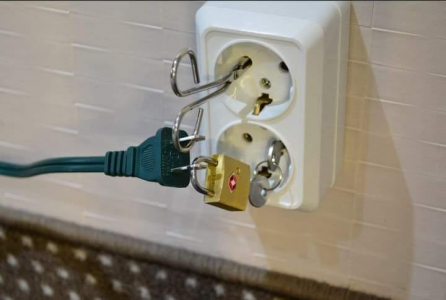So-called "RV Outlets" are 30-amp 120VAC receptacles, NEMA designation TT-30R. These are three-prong (of course) but about twice the size of the usual 15 and 20-amp 120VAC receptacles....I don’t think any 110 outlet is rated for 30A....
Rick "would rather use a 20-amp 240VAC receptacle (two sideways blades plus ground) than a 30-amp RV plug if the voltage is selectable" Denney


